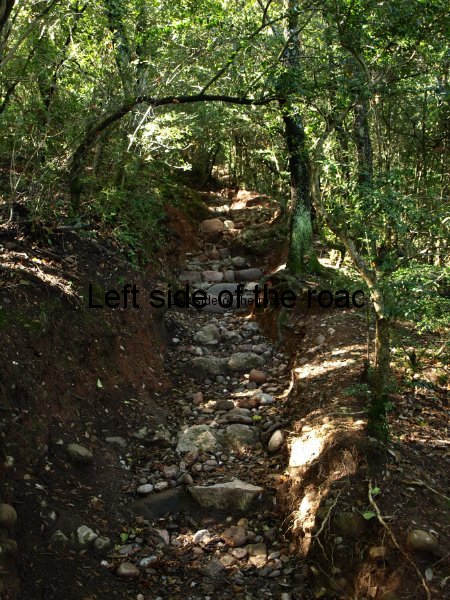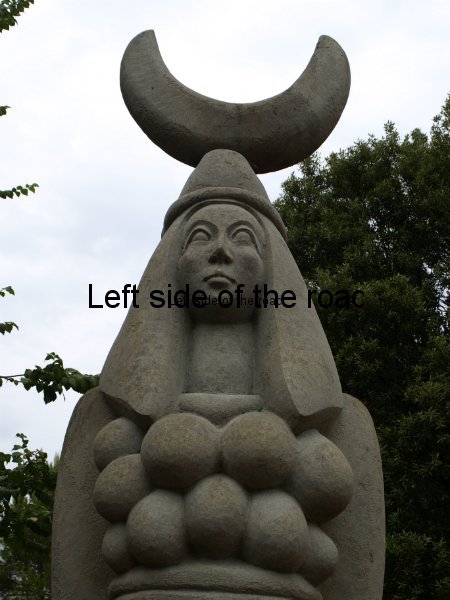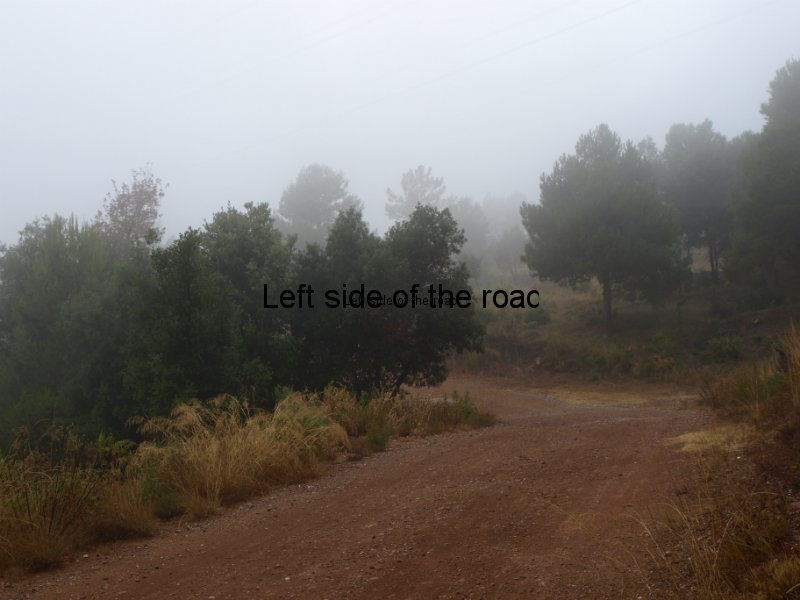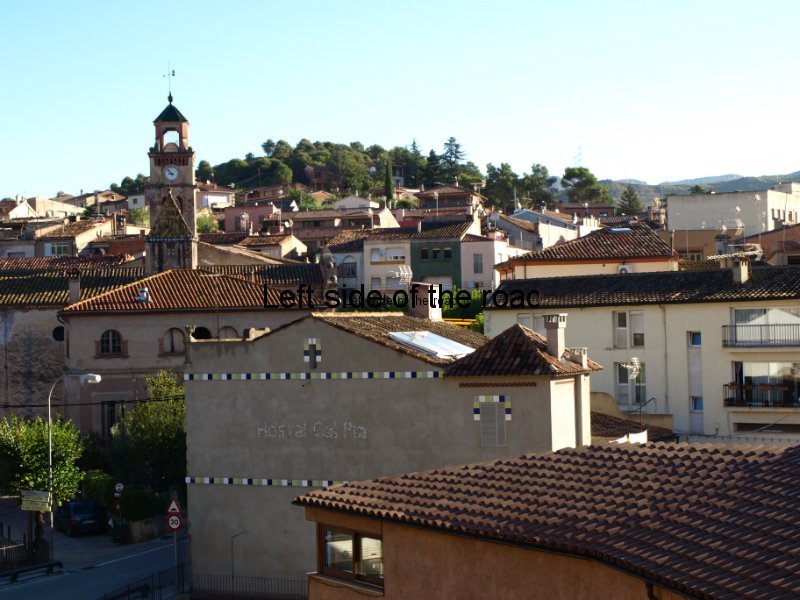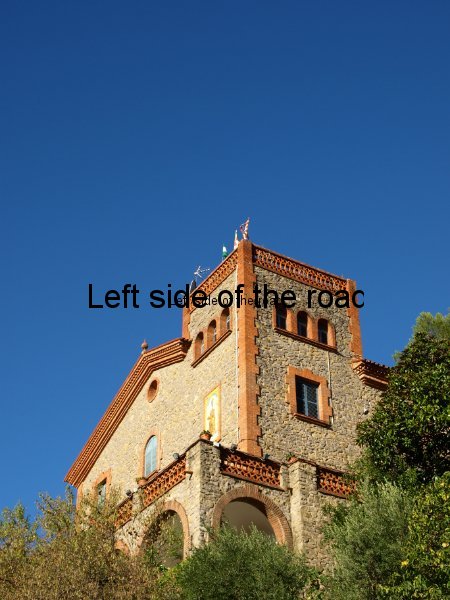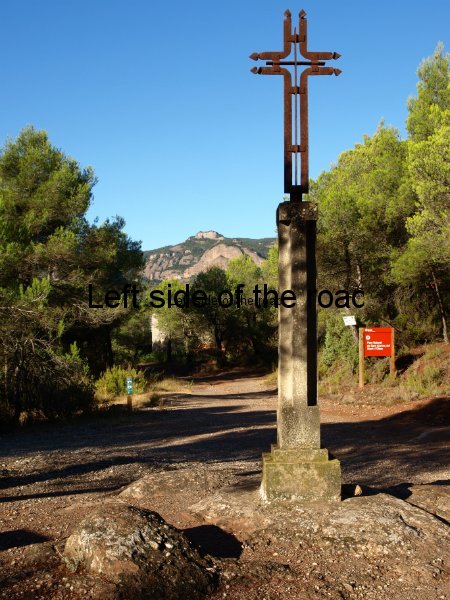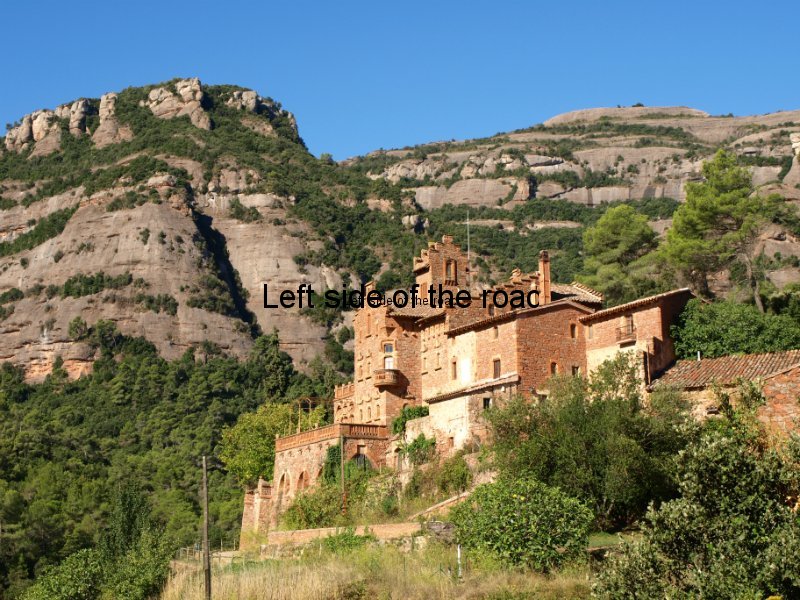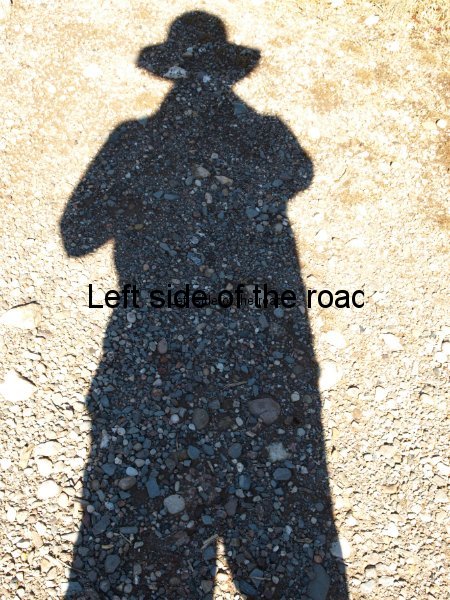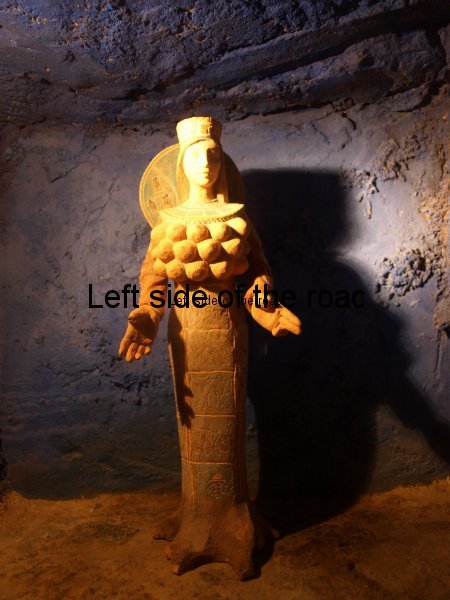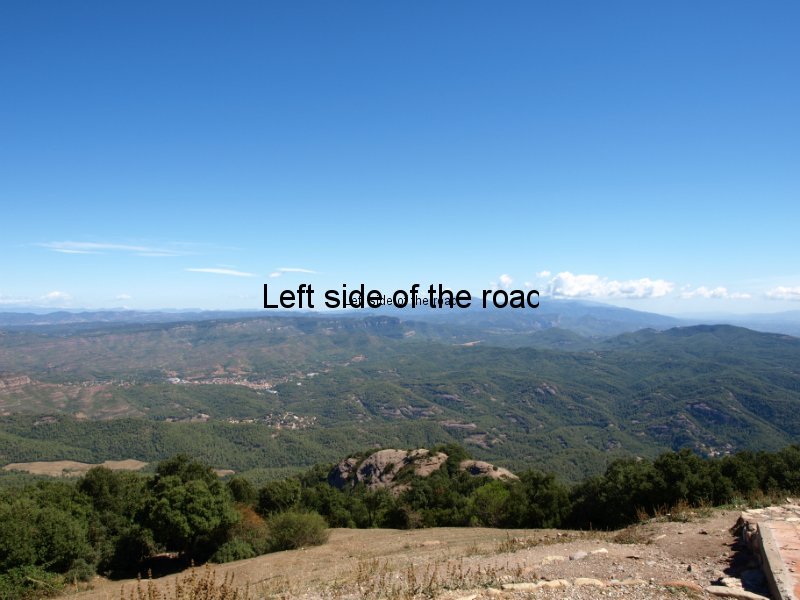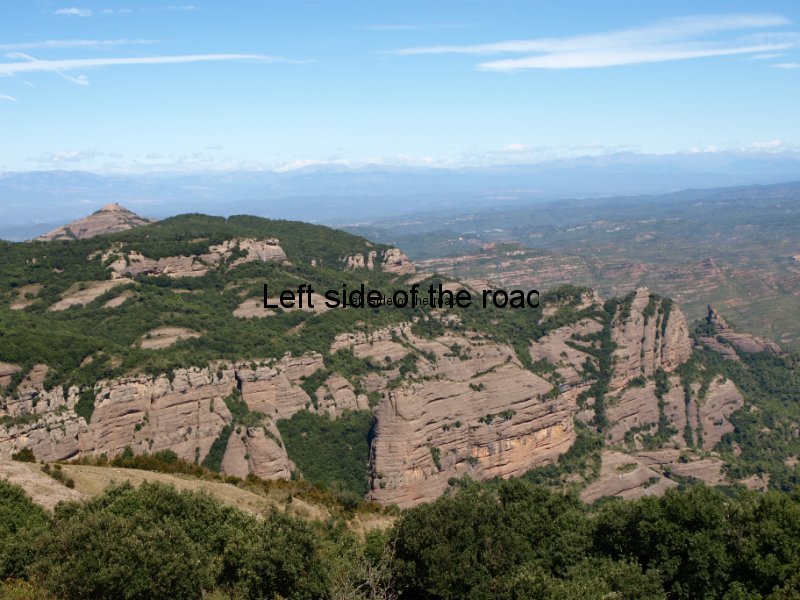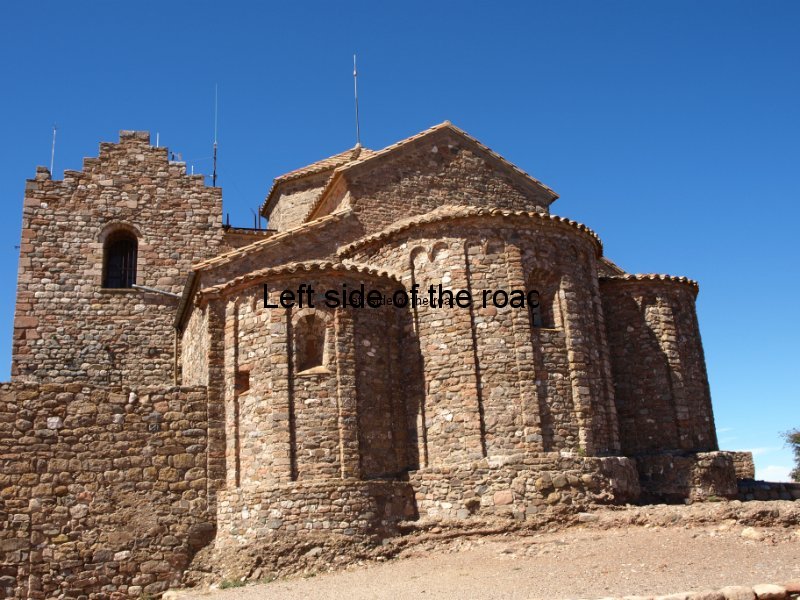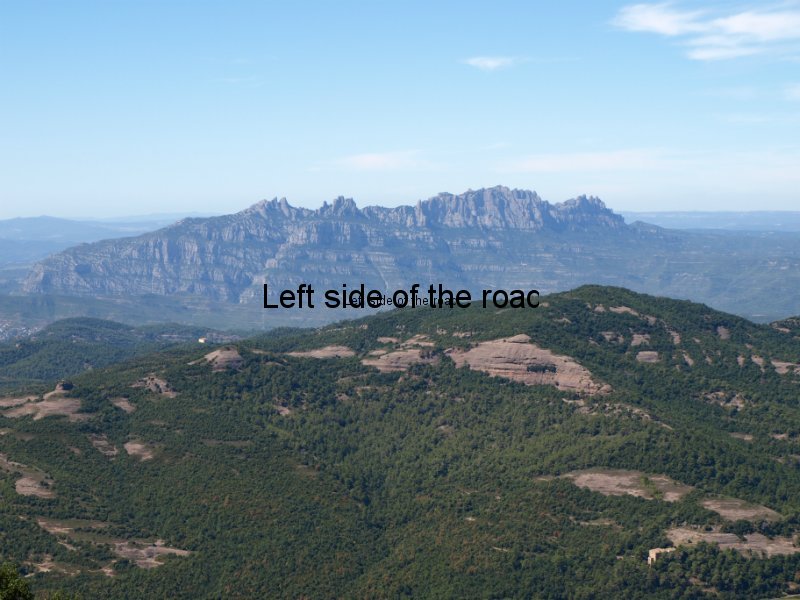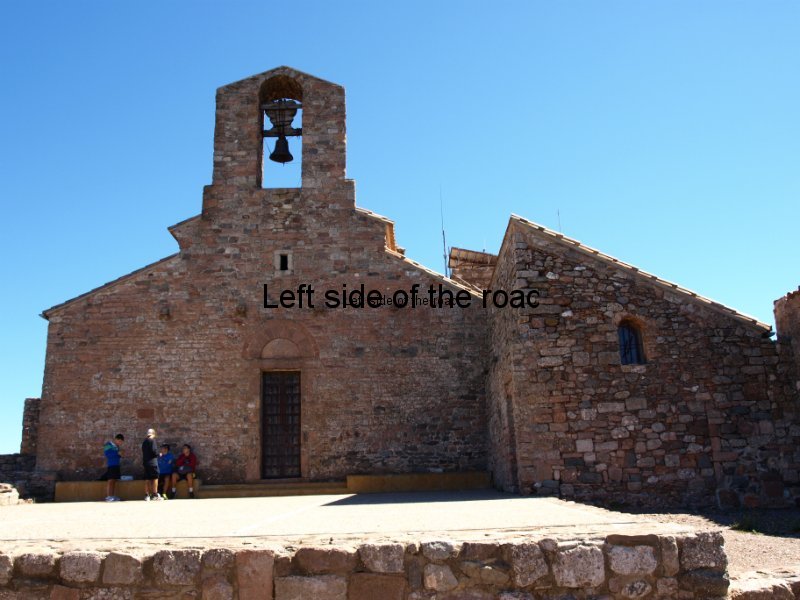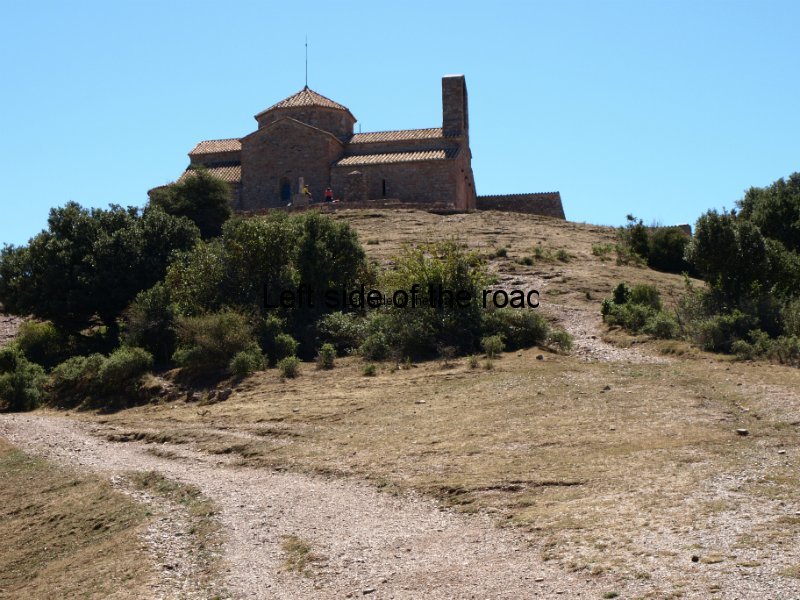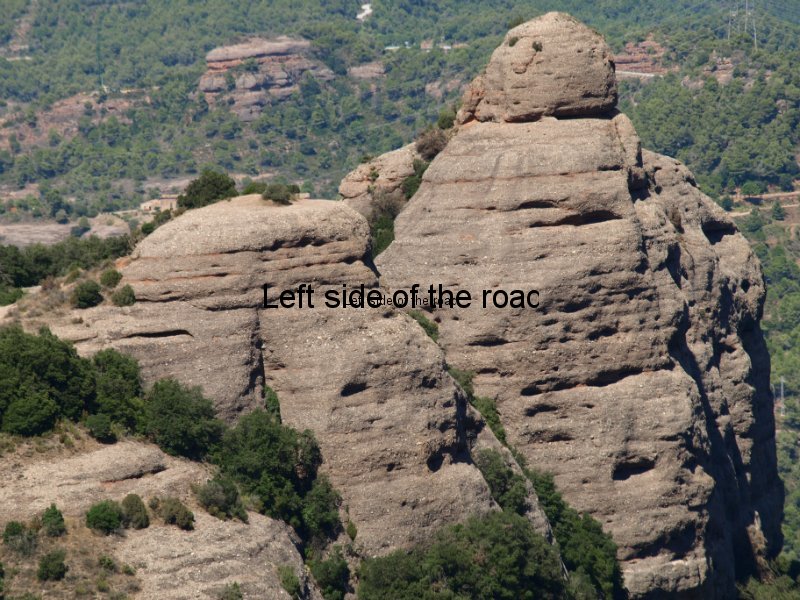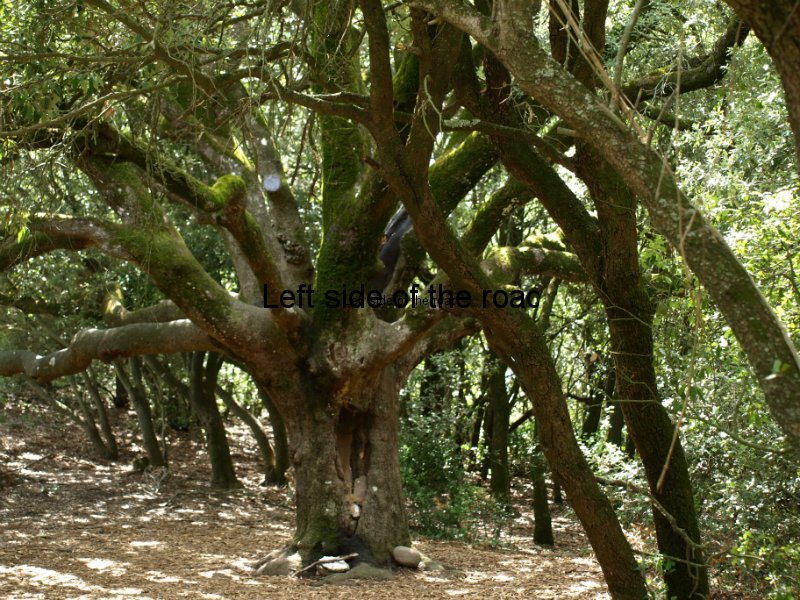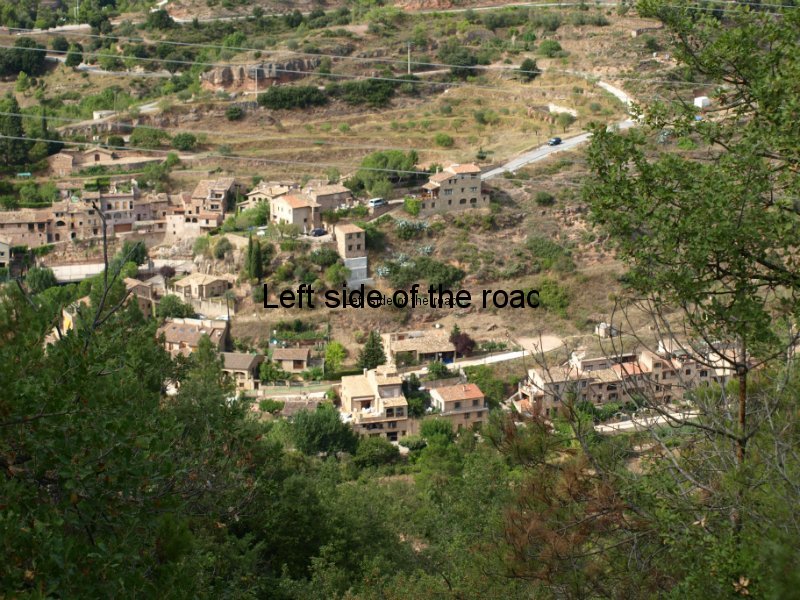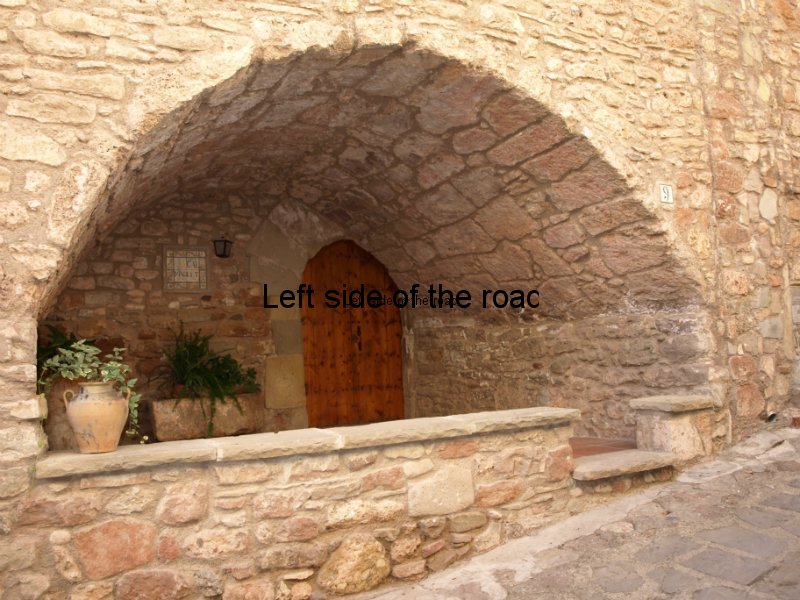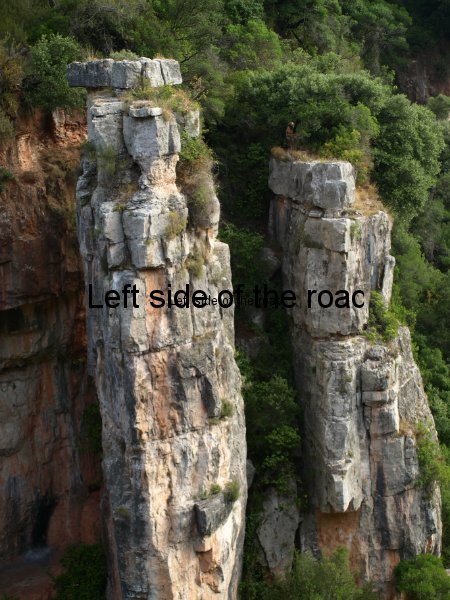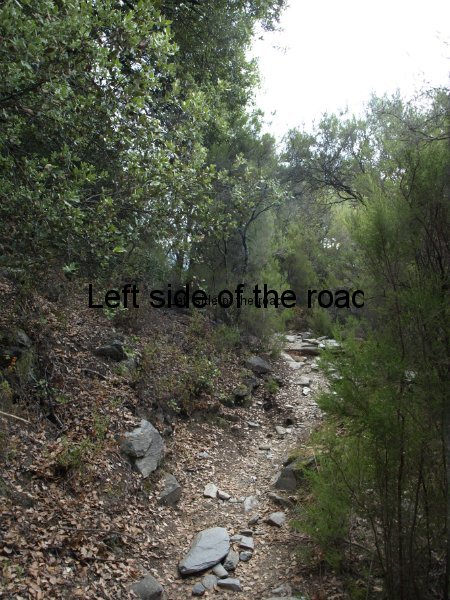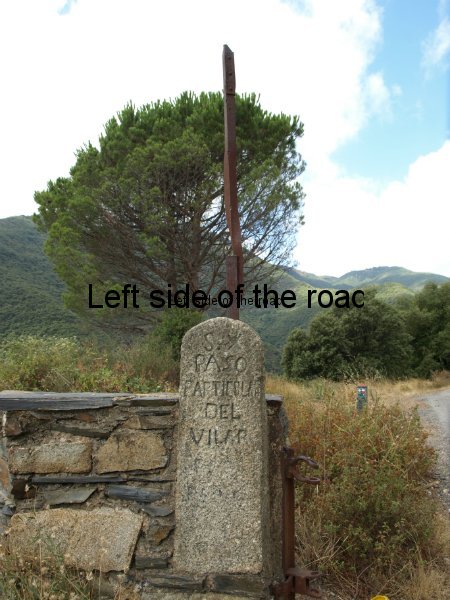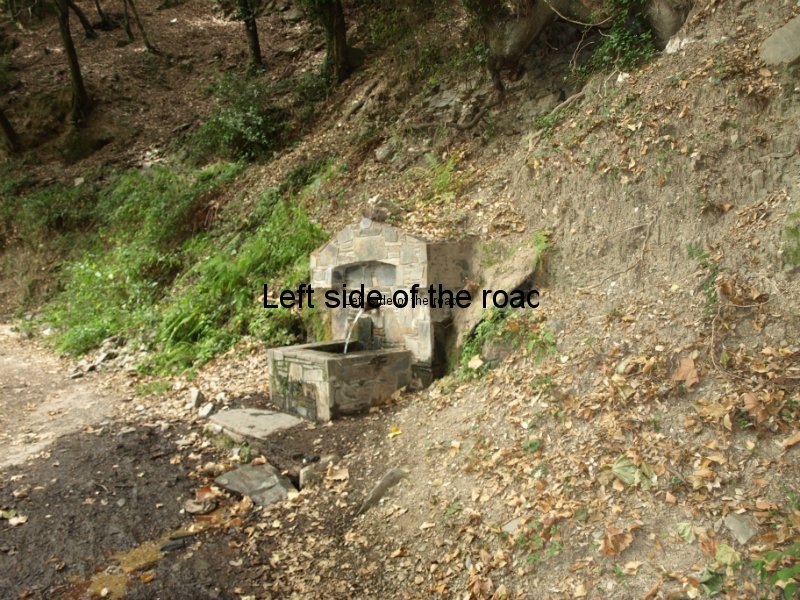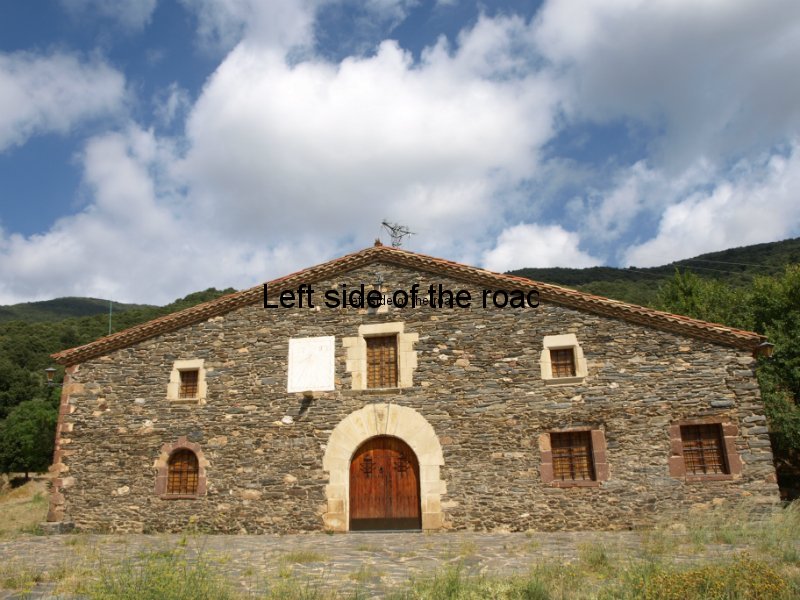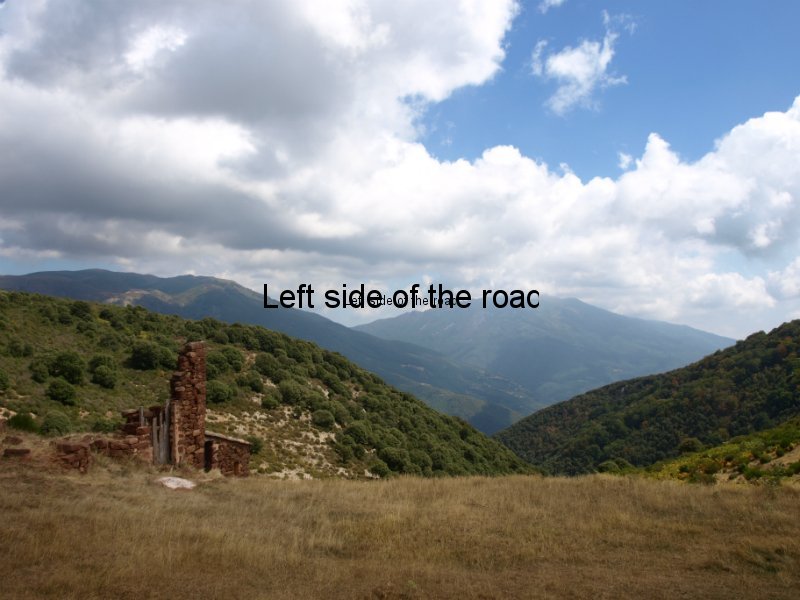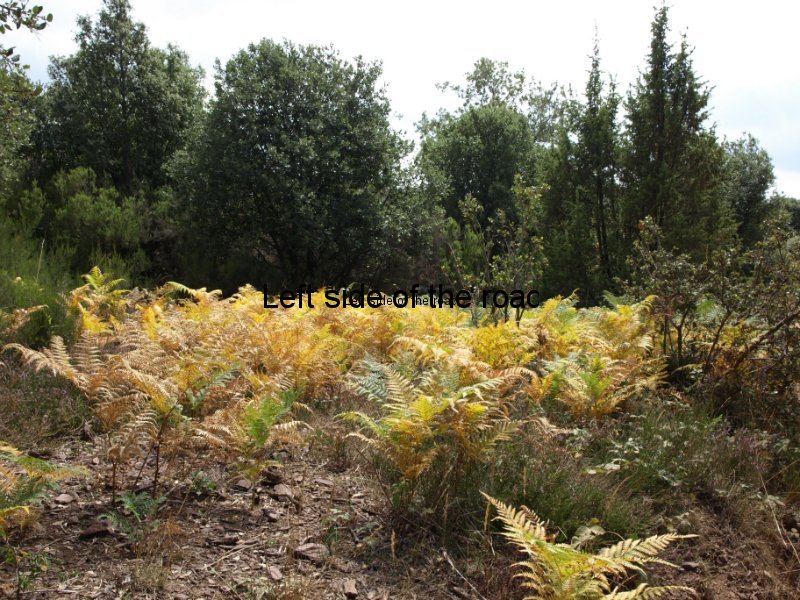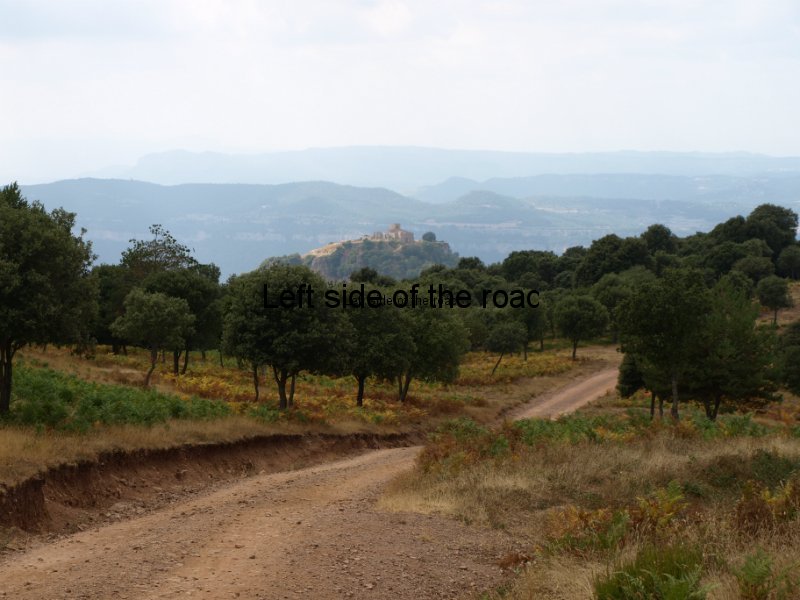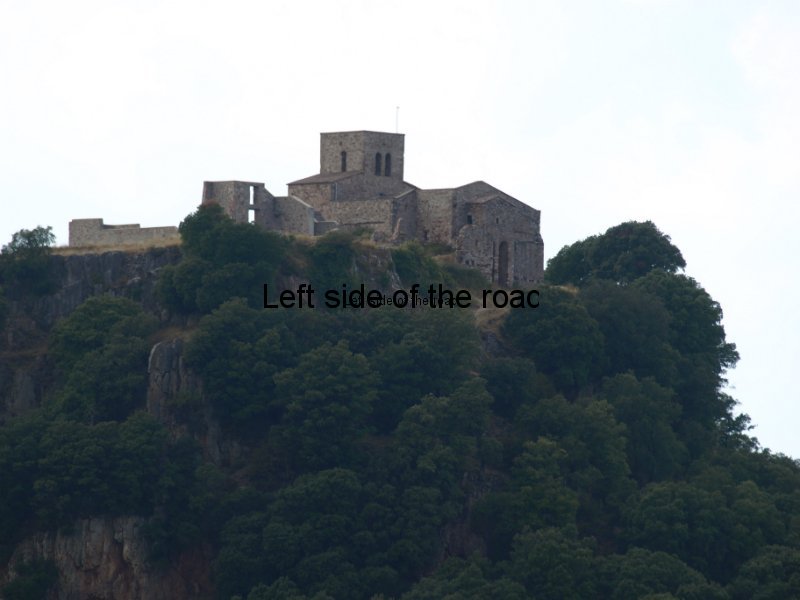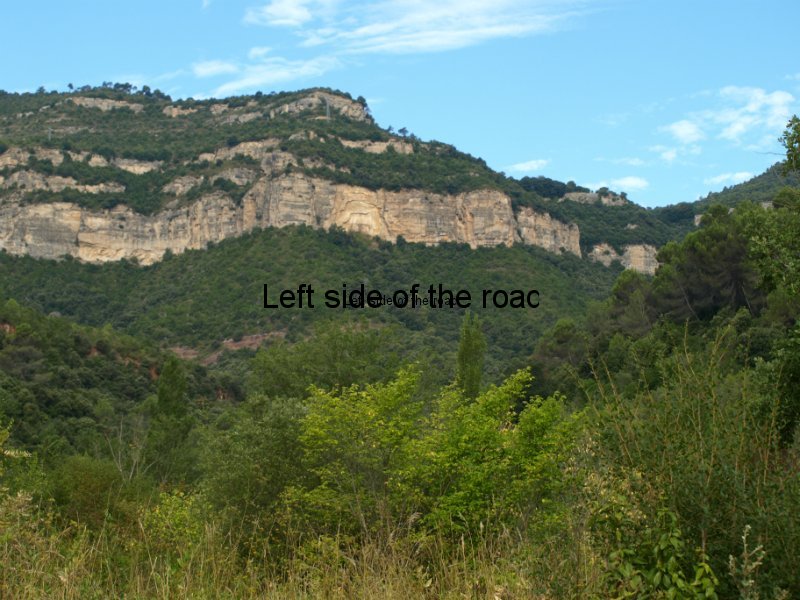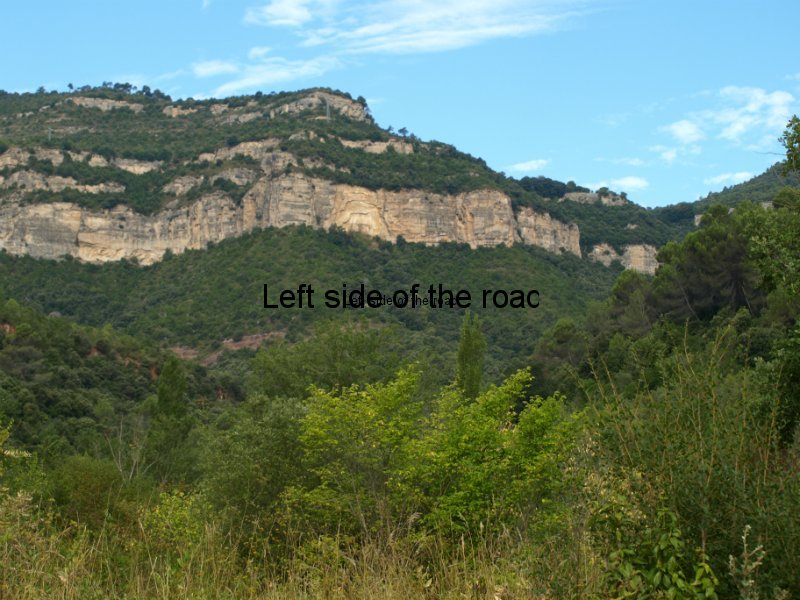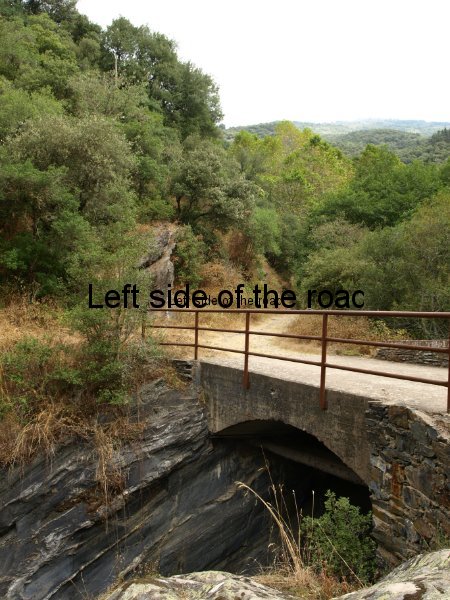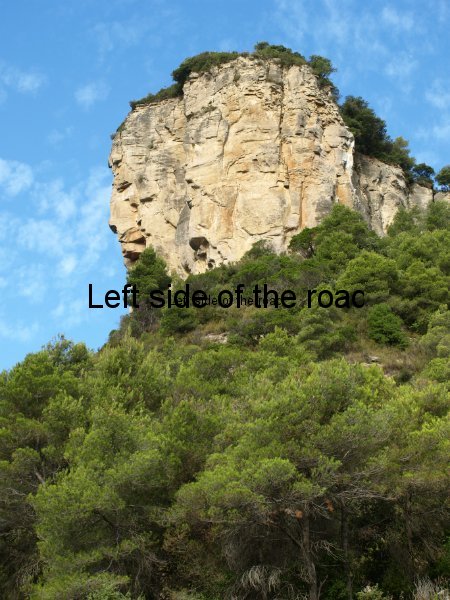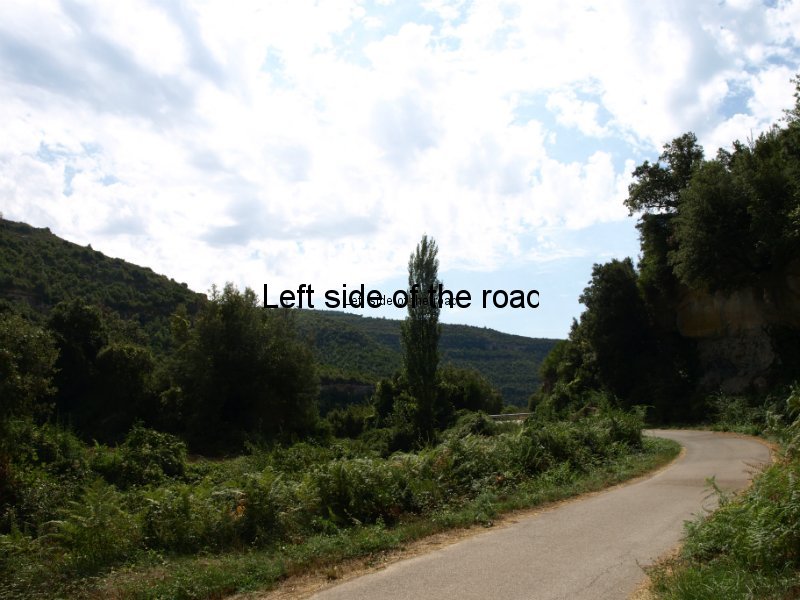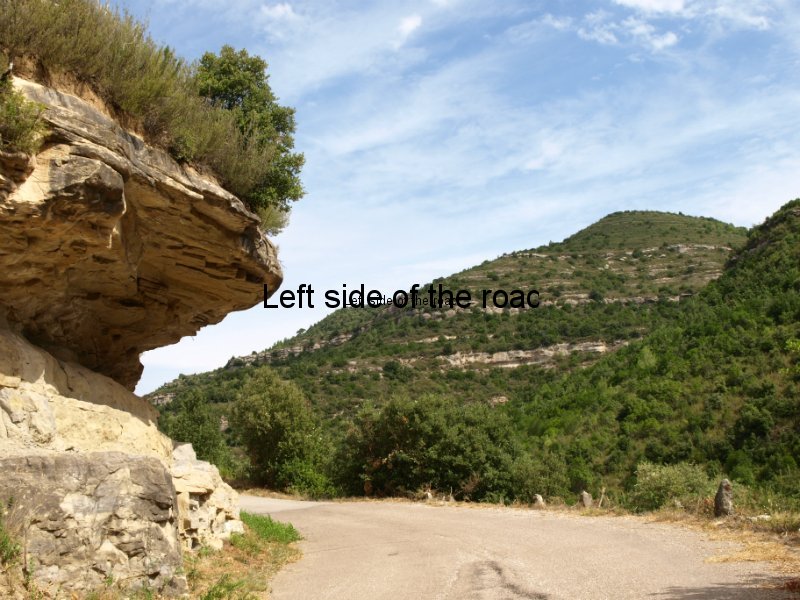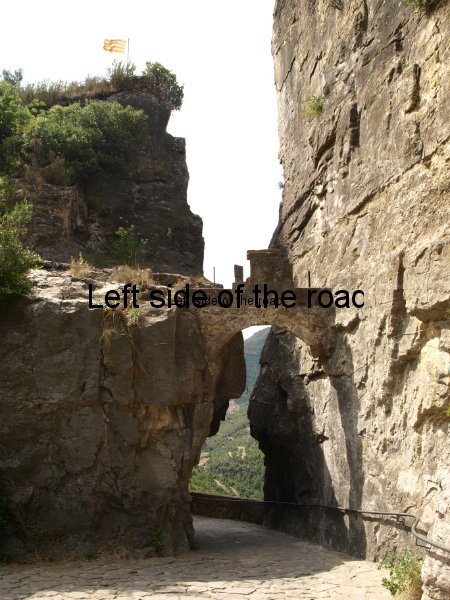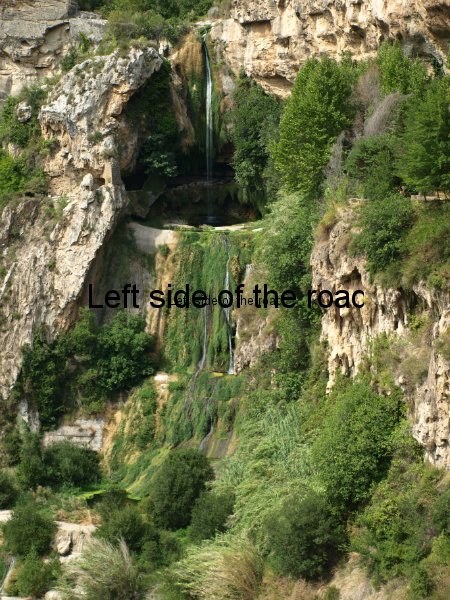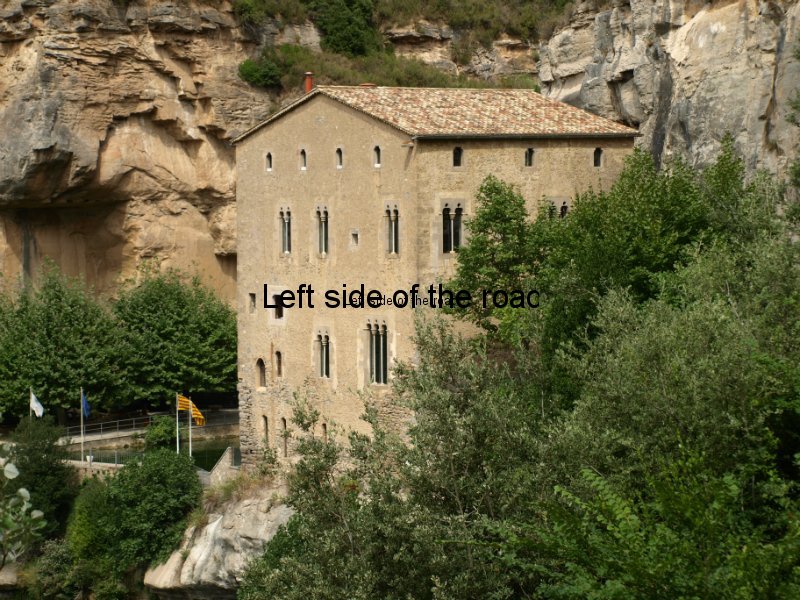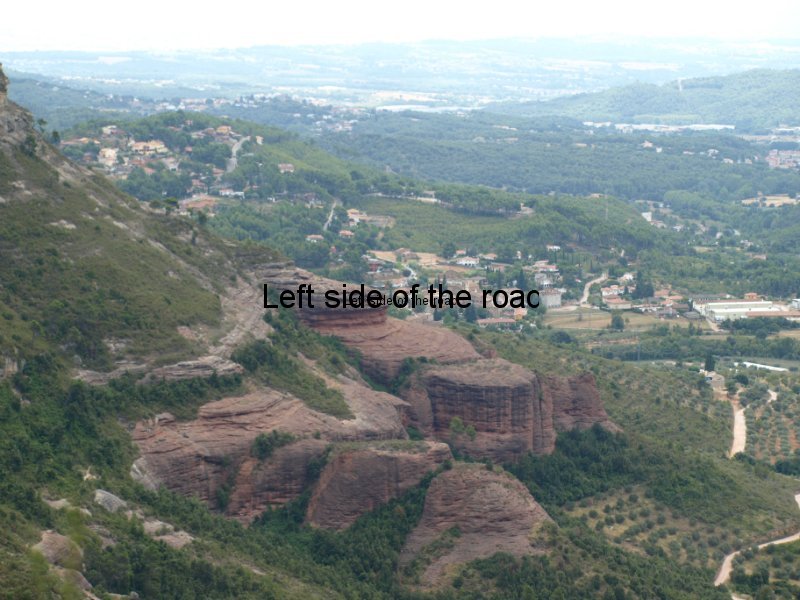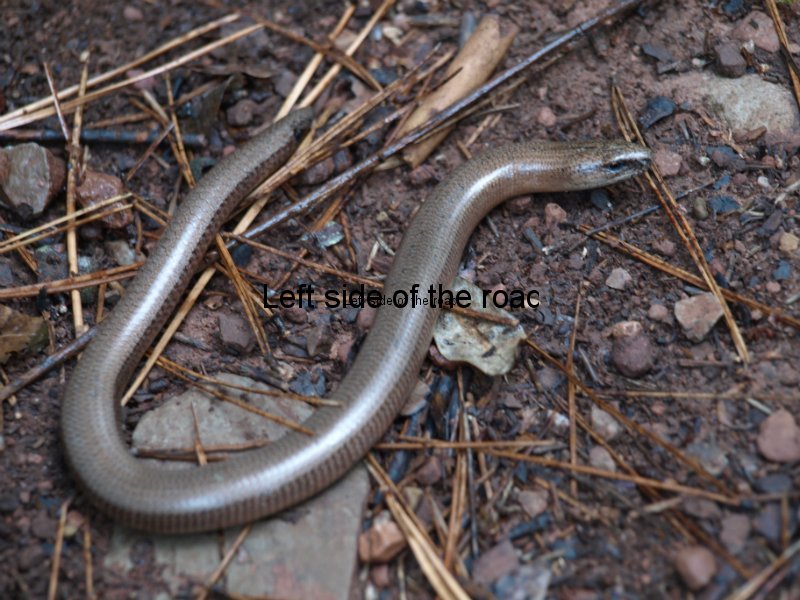The efforts of 81 year old Cecilia Gimenez in Borja, near Zaragoza in Aragon, to restore a 19th century of the crucified Christ doesn’t get the appreciation she expected as thousands flock to the church to see her handiwork.
I’m sure you must have seen something about this story of a restoration that didn’t quite go as well as some people would have wanted but thought it was worth while mentioning, nonetheless, as you might not have been kept up to date with developments.
Just in case the story is new to you it’s about the restoration of a 19th century mural in a church in the town of Borja, not too far from Zaragoza in Aragon. The original was by a local artist and some of his family still live locally, which has made it a bit more personal than it could have been.
The amateur restorer of the painting was an 81 year old parishioner, Doña Cecilia Gimenez, who could never have thought that her efforts would bring her world-wide fame. She took it upon herself to make the image more presentable for the annual romeria that was due to take place over the weekend of 25th and 26th August. Perhaps she thought her work would be appreciated by the crowds but never in the way that it finally worked out.
In her own defence she has said that the local parish priest knew what she was doing, and as it’s a mural on a wall in the body of the church it’s difficult to understand how anyone locally didn’t know that the painting of the head and shoulders of Christ on the cross was not undergoing some sort of transformation. It’s hardly the case that she snuck into the church in the dead of night to carry out her nefarious deed.
When her handiwork was revealed to the world on 22nd August some reacted with horror but as the word spread further afield Doña Ceci discovered that she had friends around the world. Within hours, it seems, a petition was started calling for the restored picture to be preserved as a unique piece of art.
Unfortunately she didn’t see this support as something to be proud of and within a couple of days retreated from the world, her friends saying that she was suffering from a panic attack.
Since then things have moved on.
The news of the painting encouraged thousands to come to Borja and visitors were queuing up so that they could have their photo taken together with the new version of the painting, a painting which most people in the past might have noted rather than taken any real interest. I’m not an art critic but I don’t see anything in the original that makes it stand out from the countless thousands of such paintings in churches throughout the world. At least Ceci’s effort is different.
Now that there have been so many visitors to the church the priest has said that he won’t be holding a mass until all the hullabaloo has blown over.
The family of the original painter are said to be upset; professional restorers are looking to see if the process can be reversed; there is talk of prosecuting Doña Cecilia. Now this last is ludicrous. To take this issue any further would only make the town of Borja, the Catholic Church and any prosecution service out to be the laughing stock of the year.
And if she were to be prosecuted then I only hope that the people of Borja who have made a small fortune out of all the extra visitors over the last couple of weeks pay her defence costs.
As should the patisseries around Spain that have started to produce cakes with the image in icing.
I don’t know if the likes of a Spanish Max Clifford exists (if s/he doesn’t then I’m sure Max is on the case) but Ceci should get something out of this.
Who, for example, is the owner of the copyright on the unique image that she has produced? Is its reproduction allowed without her permission? If her handiwork has changed the image out of all recognition to the original can it be said that the dead painter owns the image? If restorers try to take the image back to pre-Ceci days would they then not be guilty of an act of vandalism? Should she not be getting a little slice of the cake out of which others are profiting from her labour?
If nothing else this money could be used for her to take art lessons.
Update: 15th December 2012
Celia’s fame continues to spread throughout the world. One of her paintings is presently up for auction on Ebay, but for the life of me I can’t find it. I will continue to look and if successful will add an image of her oil painting Las Bodegas de Borja (Borja’s Wine Cellars) to this post. Click here to see a news agency report.
Also, a badge has been produced of the restored painting.
The story goes on and on and no doubt will still be with us next year, when tourism starts up in Borja.








